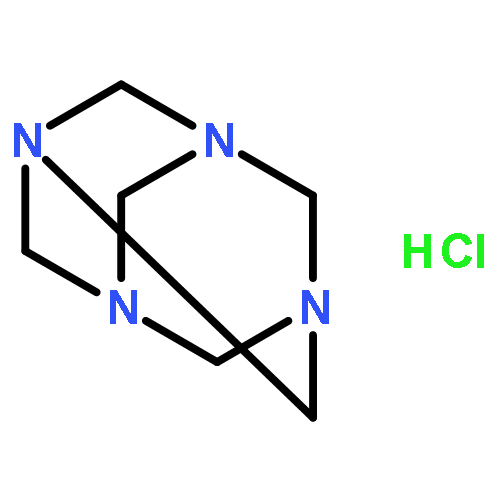Co-reporter: Haiping Zhou, Xia Wu, Fanhui Meng, Jinghe Yang, Minqin Wang
pp: 681-686
Publication Date(Web):February 2011
DOI: 10.1016/j.saa.2010.11.048
A novel method for the determination of nucleic acids by using silver nanoparticle (AgNPs)–eriochrome black T (EBT) as a resonance light scattering (RLS) probe has been developed. Under optimum conditions, there are linear relationships between the quenching extent of RLS intensity and the concentration of nucleic acids in the range of 4.0 × 10−9–4.0 × 10−7, 4.0 × 10−7–1.6 × 10−6 g mL−1 for fish sperm DNA (fsDNA) and 4.0 × 10−8–2.0 × 10−6 g mL−1 for yeast RNA (yRNA). Their detection limits (S/N = 3) are 2.0 ng mL−1 and 21 ng mL−1, respectively. The results indicate that AgNPs can form wirelike aggregates and nanoslices in the presence of the EBT. Whereas, when nucleic acids are added into the AgNPs–EBT system, the dynamic balance of AgNPs–EBT system is destroyed and the nanoparticles undergo dispersion again, leading to the RLS intensity of AgNPs–EBT system quenching. Meanwhile, the conformation of fsDNA is changed by the synergistic effect of AgNPs and EBT.
